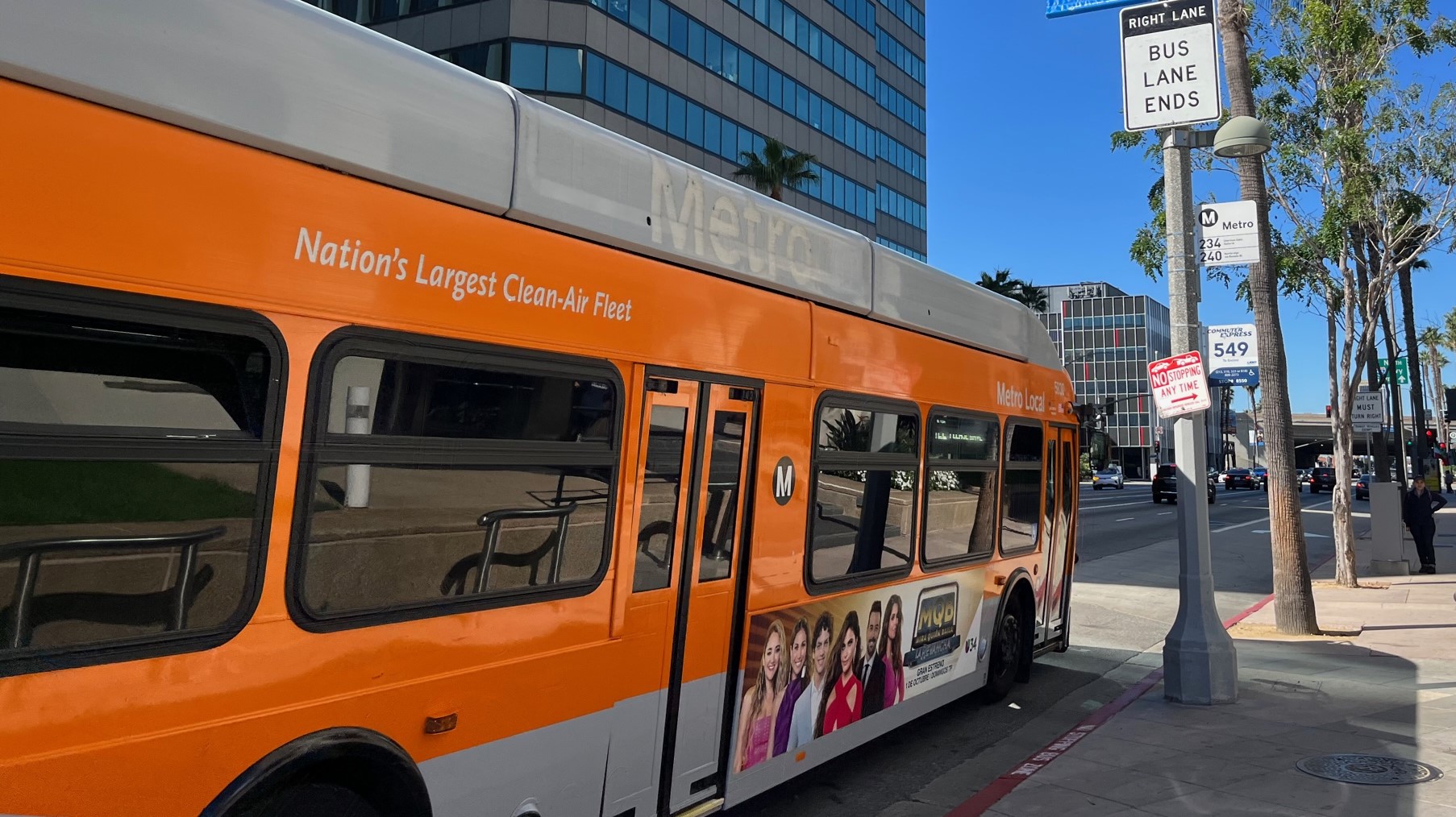Here are some news briefs for you to read while your bus slowly snakes through downtown L.A. during the last few days of the 10 Freeway Closure.
Lean Times at BikeLA
The nonprofit BikeLA - formerly the L.A. County Bicycle Coalition - recently announced "a temporary reduction in staff and operating expenses" and is "actively calibrating our goals to align with our current operational capacity."
Streetsblog caught up with BikeLA Board Chair Cynthia Rose who acknowledged that the organization is in a transition period to, in the organization's words, "allow BikeLA to assess future revenue streams to set them up for financial success in a manner that reflects the goals, values and objectives of the organization." Rose confirmed that Eli Akira Kaufman remains BikeLA's Executive Director, and that the twenty-five year-old organization has no plans to shutter.
Rose expressed optimism about "highly engaged" new members of the BikeLA board, which she described as "small but mighty."
Metro Committee Approves Another $207 Million For Freeway Expansion
Yesterday, the Metro board Construction Committee approved $174 million for widening the 91 Freeway in North Long Beach, and $33 million for widening a 605 Freeway ramp in Cerritos.
Metro staff continued to gaslight about these projects, terming them "multimodal" when the projects add no new transit or bike features, and merely replace (sometimes worsening) existing pedestrian features like crosswalks, ADA ramps, and pedestrian signals.
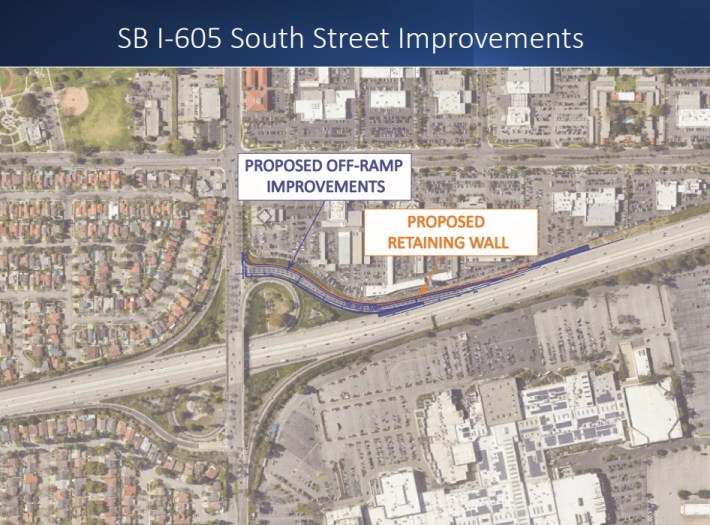
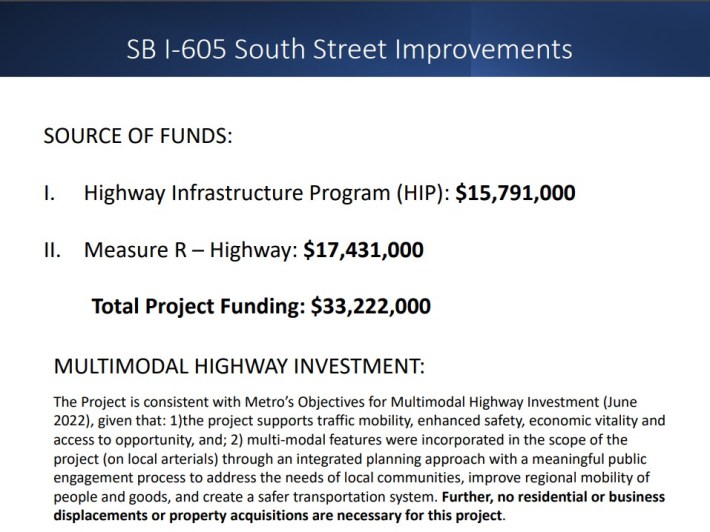
The committee heard from more than a dozen public commenters urging them to reject these "terrible" projects, noting that they will add more car trips in pollution-burdened communities. Several criticized Metro for calling freeway widening multimodal, and urged the committee to insist on projects that are truly multimodal.
Four speakers (two Gateway Cities Council of Governments staff, and two city staff representing nearby cities of Artesia and Paramount) spoke in favor of the projects. One asserted that freeway widening would reduce truck pollution. Another expressed support for the freeway expansion because it would get transit riders to Metro's future West Santa Ana Branch rail line planned nearby.
The freeway expansion funding next goes before the full Metro board at its November 30 meeting.
Metro Transit Ridership Keeps Growing
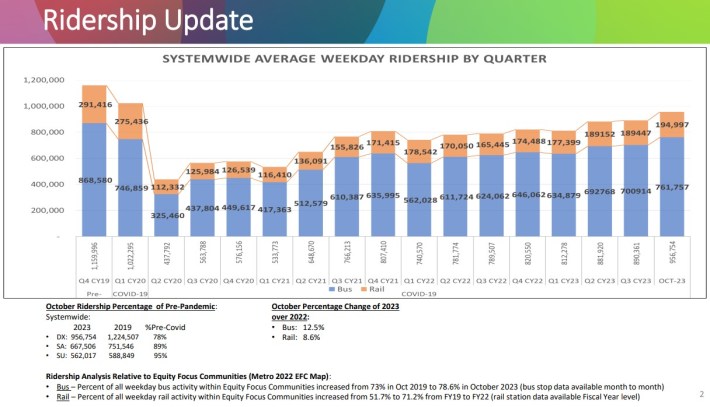
As of October, Metro transit ridership hit another pandemic-era high: 956,754 average weekday daily riders. That's up from 938,000 in September.
Could Metro be back up above a million weekday riders soon? Rail service restoration planned for early December should help.
For readers interested in a deeper dive into Metro ridership, check out this week's NextGen Bus Ridership Update which includes quite a bit of detail on the trends of the past five years.
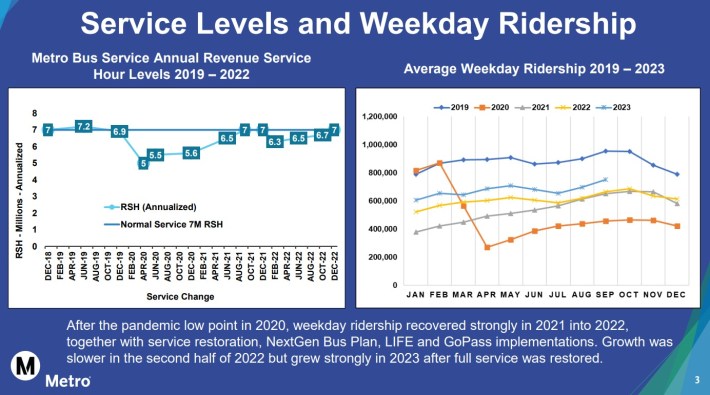
Metro implemented much of its NextGen Bus Study network changes during the early pandemic, when Metro was cutting service and some travel patterns were shifting. The agency scrapped much of an ambitious $2.1 billion Better Bus initiative, but did roll out about 20 new miles of bus-only lanes, with more on the way.
This month Metro shared ridership trends that resulted from NextGen, including a 27-page overall analysis, presentation, and line-by-line ridership results - for weekdays, Saturdays, and Sundays.
